Phase transformations in metallurgy: a key to material innovation
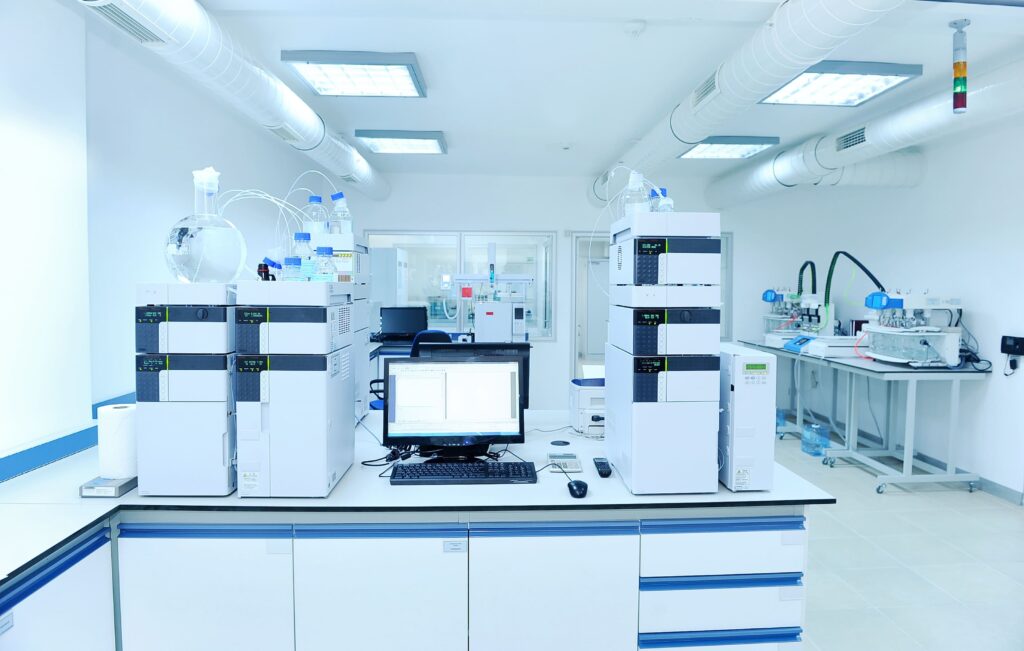
Metallurgy is a science that is as old as civilization itself. Yet despite its ancient roots, it remains a field at the forefront of innovation.
High-density polyethylene (HDPE): An inside look
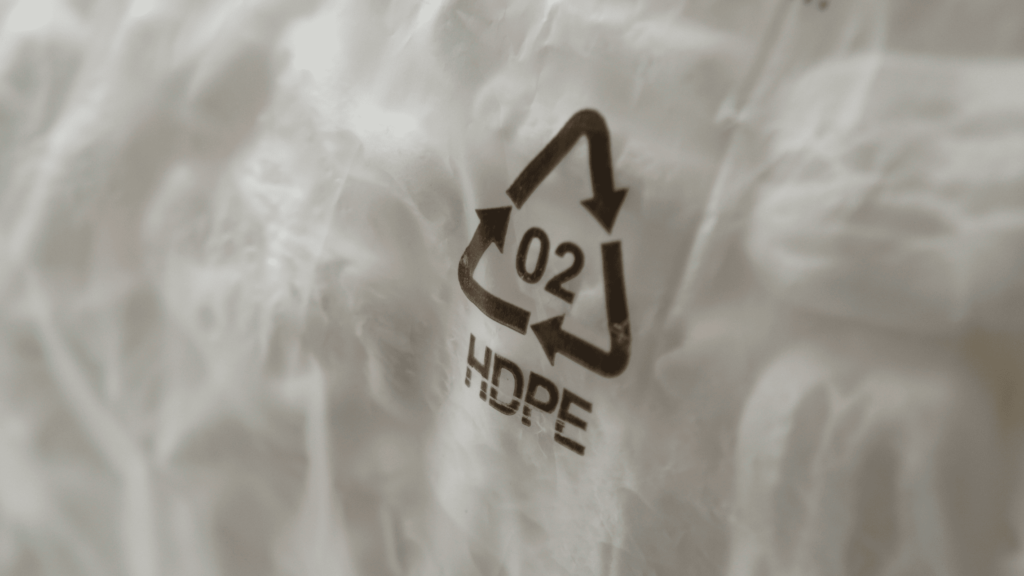
High-density polyethylene (HDPE) and polyethylene (PE) are both types of polyethylene, but they have different properties due to differences in production.
Endothermic vs. exothermic reactions

The main difference between exothermic and endothermic reactions lies in the heat exchange with the environment.
Polyethyleneterephthalate (PET): An in-depth investigation
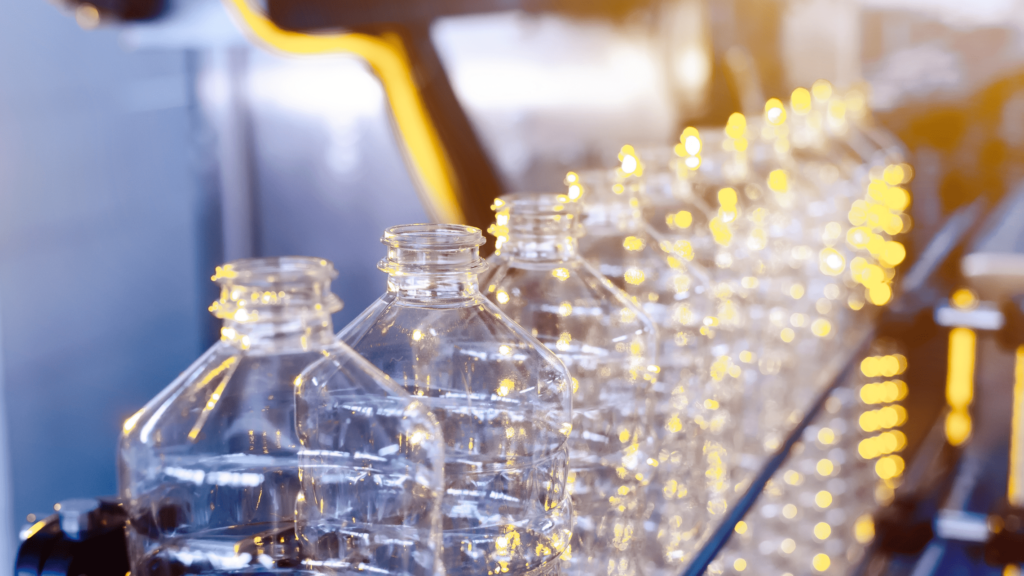
Polyethylene terephthalate, commonly referred to as PET, occupies an important place in numerous industrial and commercial productions.
Polyvinyl chloride (PVC): An in-depth investigation

Polyvinyl chloride, also known as PVC, is a versatile thermoplastic that plays an important role in many industrial and commercial sectors.
Polystyrene (PS): A detailed analysis
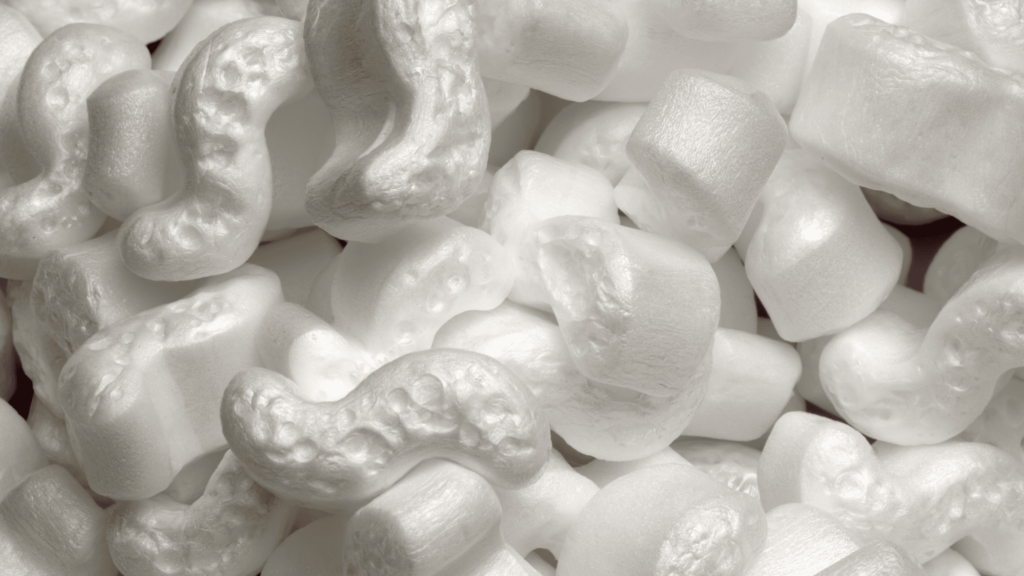
Polystyrene, also known as polystyrene, is a widely used polymer produced by the polymerization of styrene.
Low density polyethylene (LDPE): A summary
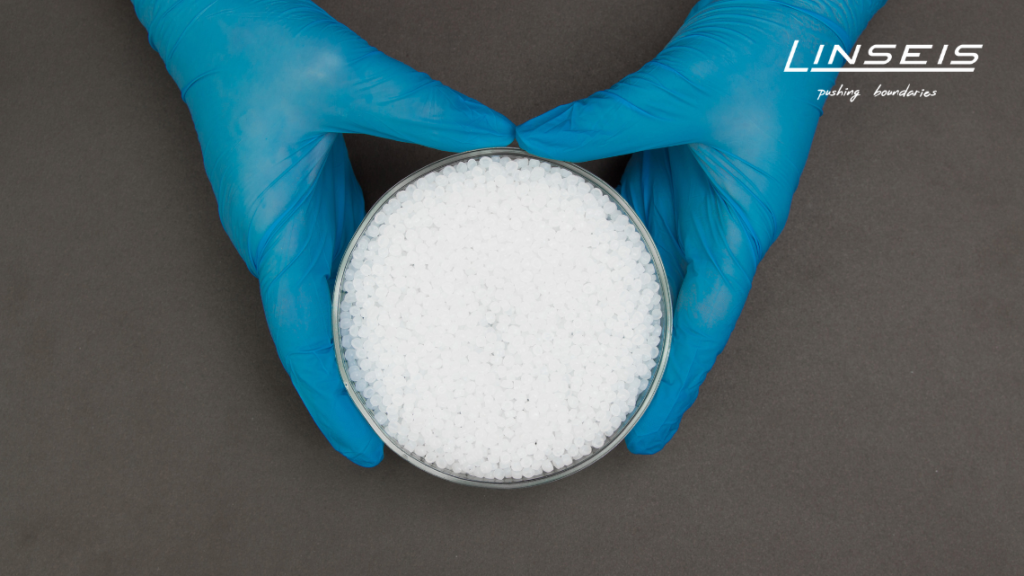
Low density polyethylene, LDPE, is a thermoplastic polymer made from the monomer ethylene. It is a highly branched plastic.
Oxidation induction time and temperature
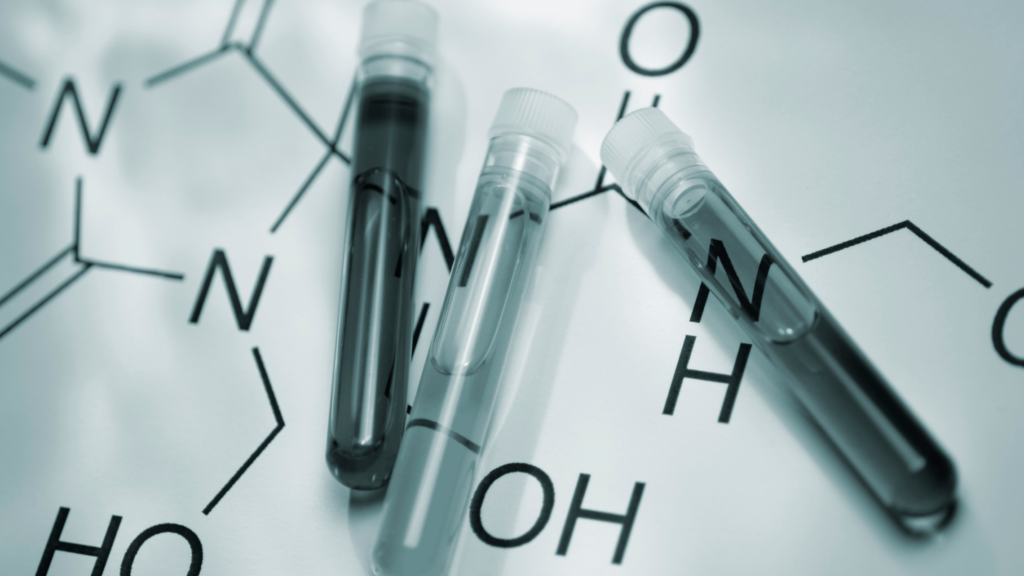
Oxidation is a chemical process that takes place when electrons are lost from a molecule, atom or ion.
Molten Salts – Heat transfer of the future
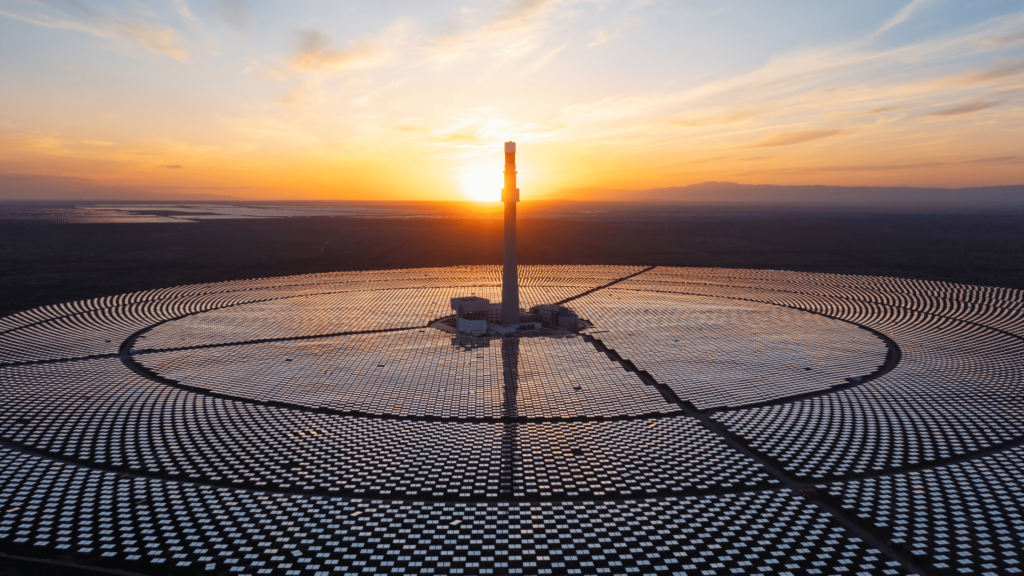
Molten salts are stable at high temperatures above 300 °C and exhibit remarkable thermal properties.
Acrylonitrile butadiene styrene (ABS): An in-depth look

Semiconductors with a larger energy gap (Eg) than conventional semiconductors, typically in the range above 2 eV, are referred to as wide bandgap semiconductors (WbGs).
